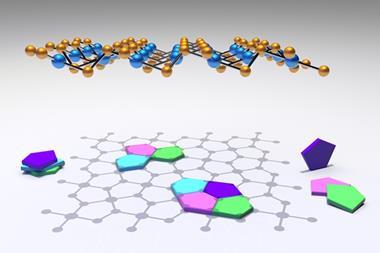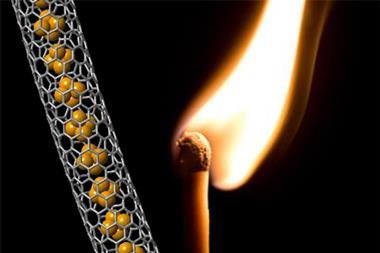Material with promising biomedical applications damages cell membranes and generates reactive radicals

Black phosphorus, a 2D form of the element with unusual optical and electronic properties, has been hailed as promising material for drug delivery and tumour therapy. However, chemists have now found that the allotrope might be more toxic than hitherto thought.
Previous studies used reagents to indirectly measure cell death. However, this can muddle the results, say scientists from China and the US, who for the first time examined black phosphorus’ toxicity on mouse and human cells in real time.
They found that the material can break open cell membranes, as well as generating reactive oxygen species such as superoxide and hydroxyl radicals, which further damage cells. However, the researchers noted that black phosphorus’ toxicity depends on its size. The largest sheets – approximately 90nm thick and 880nm across – were most harmful to cell membranes, possibly because they physically damage the lipid layer upon contact.
The team hopes that their study will help others assess 2D phosphorus’ environmental impact and find safe applications.
References
X Zhang et al, Small, 2017, DOI: 10.1002/smll.201701210

















No comments yet